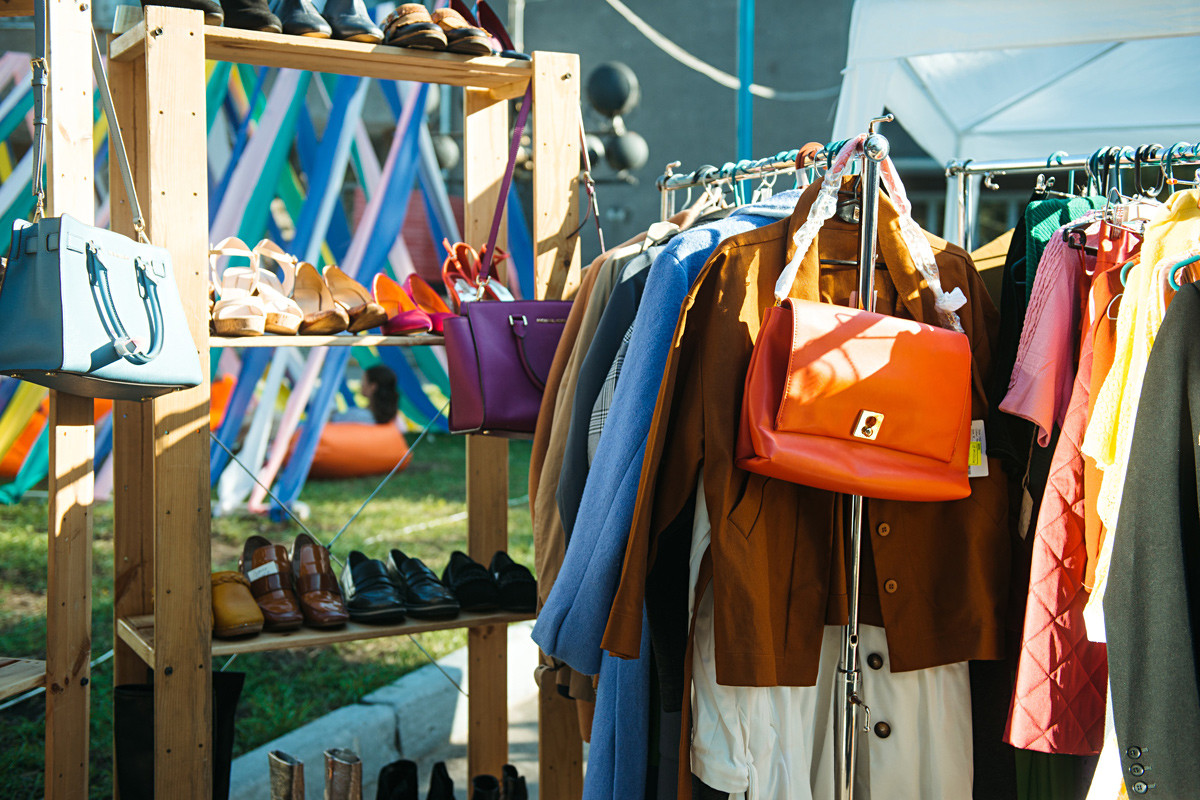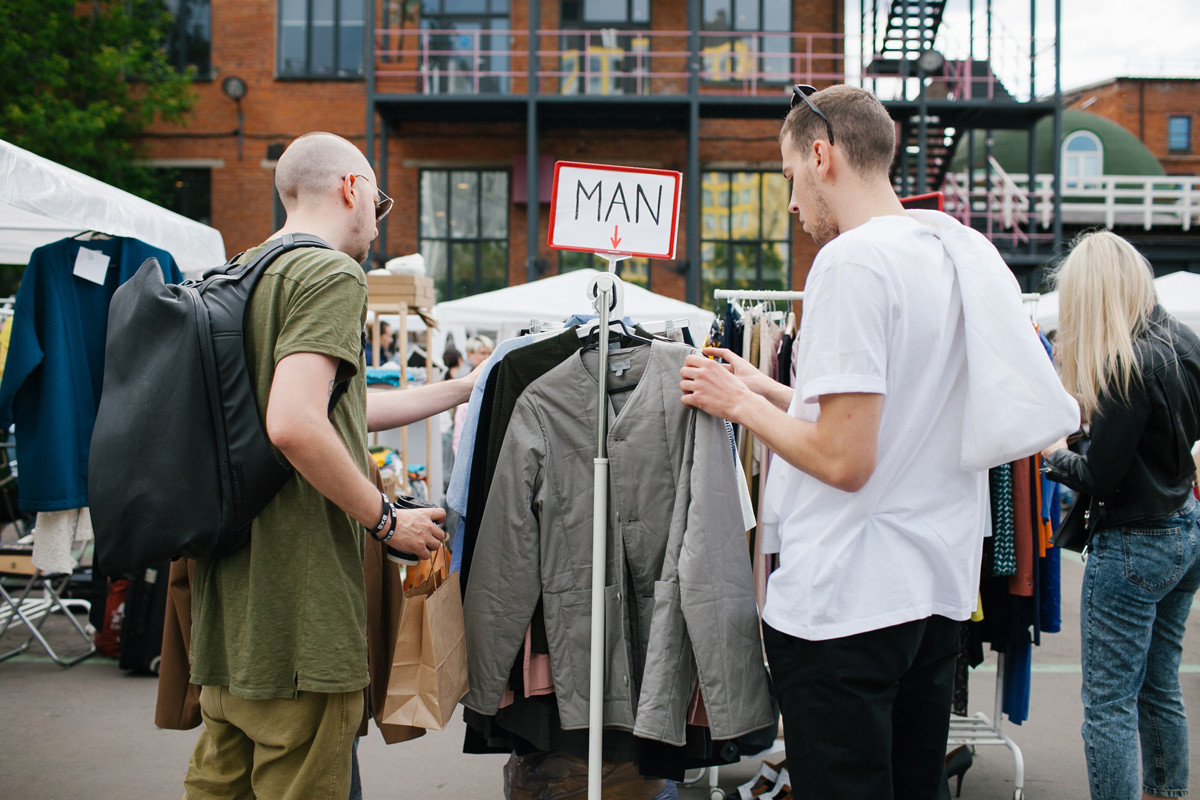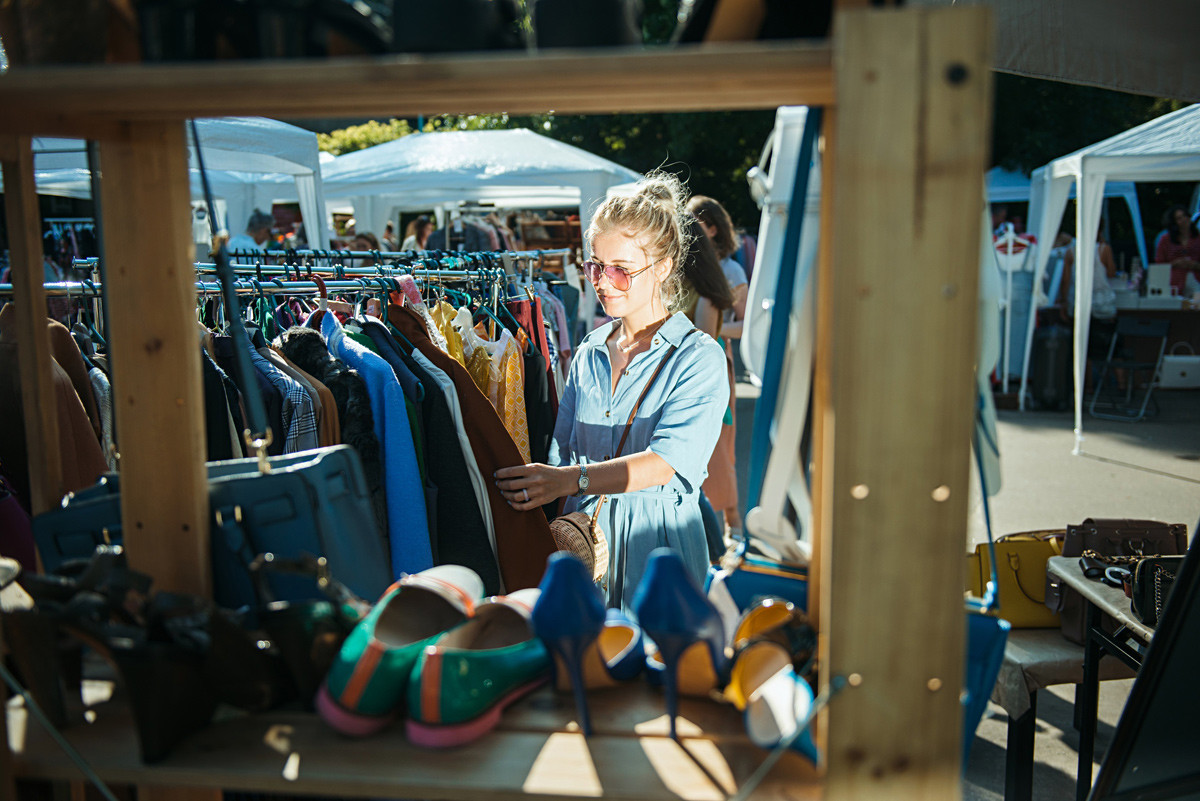Why don’t Russians like shopping in second-hand stores?
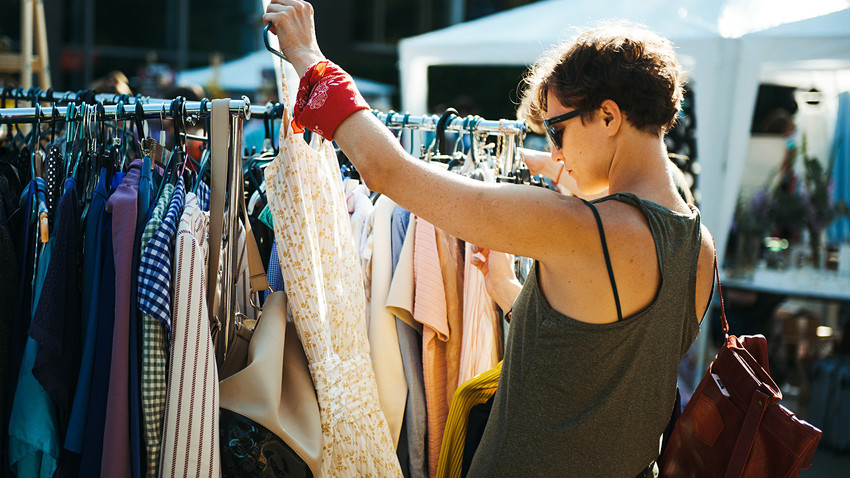
“Oh, this sweater is Uniqlo and it’s only 500 rubles ($7),” says a friend of mine while we are browsing the rails in a second-hand shop in the center of Moscow. COS, Max Mara, Miu Miu, and Levi’s are just a few of the other brands we’ve spotted here. From clothes and accessories, to books and pieces of furniture, one can find practically anything here - you just need a willingness to “treasure hunt.”
Yet, despite dozens of these stores in Moscow and hundreds country-wide, Russia is still lagging behind Europe when it comes to public demand for second-hand clothing. Many admit they would rather buy clothes in discount-stores then wear second-hand. Why? Is there hope the situation might change?
Who shops there?
While second-hand shops in Russia usually differ from one another (by price range or choice of clothing), they all generally cater to four categories of customers.
First, second-hand stores are popular among fashion-mongers and people of creative professions (stylists, actors, musicians, artists) looking for something unique to brighten up their outfits, usually vintage or famous brands. Often these types of second-hand clothes cost more than your average pre-owned clobber, but these clients are ready to pay if it’s worth it.
“Even though I visit such places maybe once a year, I like second-hand shops because one can find unusual, authentic things that will help to create original outfits, mixing old with new,” says Nadezhda, a journalist from Moscow.
Secondly, there are young people, from 16-35 years old, who want to wear good quality clothes without spending a fortune. “It’s sort of a gamble,” says Yulia Demenkova, 24, from Chelyabinsk. “You can’t predict what you’ll find today. One of my favorite items are a GF Ferre jacket that I got for 300 rubles ($4) and a recent bargain - ‘closed’ pants that cost just 70 rubles ($1).”
Thirdly, there are advocates of sustainable living that look to contribute to conscious consumption by re-using old clothes instead of buying new from the mass market. These progressive people can often be found among the above mentioned categories - the youth and “creatives.”
Finally, second-hand stores are a go-to shopping destination for people with a limited budget, mainly low-income families that can be found all over Russia. They are regular visitors to places selling clothes by weight and for “next-to-nothing” prices.
Arguments against
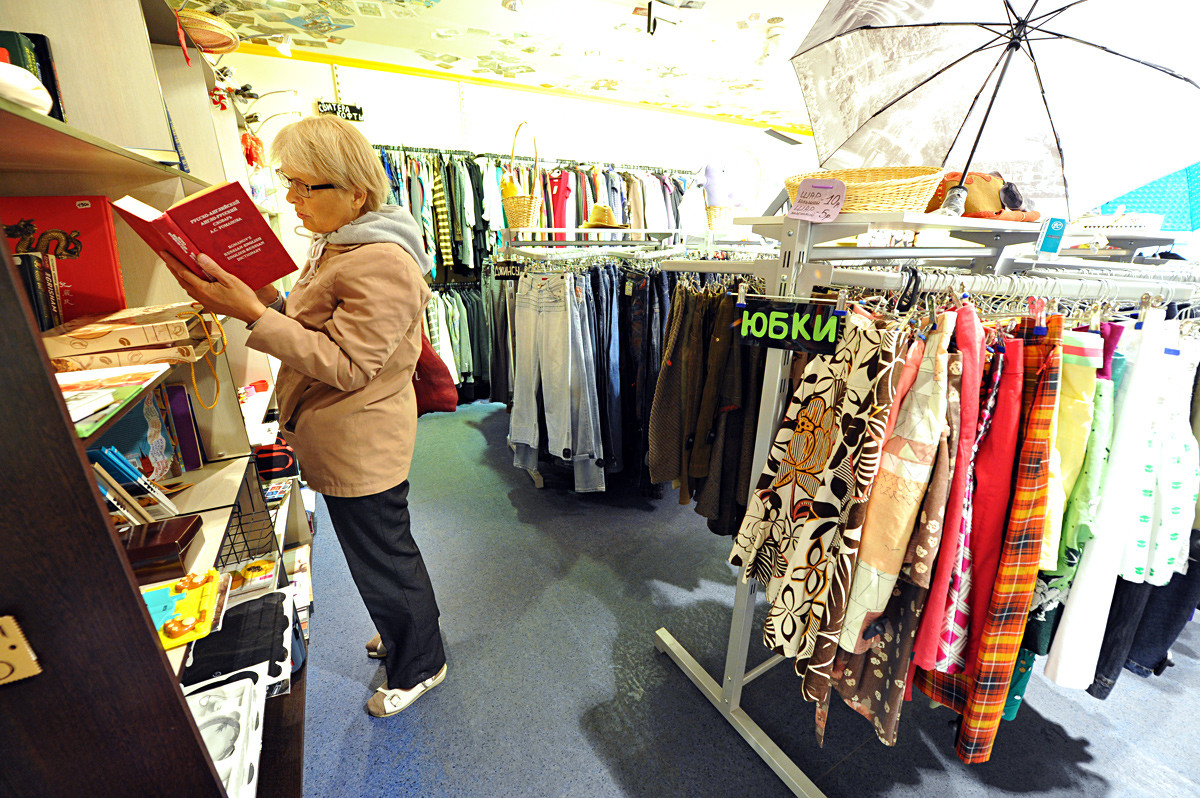
On the other hand, there are many of those who don’t support the idea of wearing somebody’s second-hand clothes. “Gross, no way!” some people say.
It’s also possible to buy pre-owned clothes online. “This way you might find branded clothes that were barely used or didn’t fit after someone ordered them online,” says Victoria from Moscow. “Plus, you get to actually see the person who is selling the item. This is eco-friendly, cheap, and doesn’t involve rummaging through piles of old clothing.”
Another alternative option to second-hand joints are special fashion swap parties - this is also a second-hand, but completely free. “We organize these parties with my friends,” says Anna from Moscow. “We bring clothes that we don’t need, give a small presentation of the best items, and then start trying them on. The things that didn’t find a new owner go to charity...This spring I updated my whole wardrobe this way, all for free.”
No hope?
What are the reasons for such limited interest? Alena Getman, the founder of the Eskimo Fest design market, a regular event in Moscow, thinks that part of the problem is that Russians view clothes differently as Europeans.
“The philosophy of conscious consumption has just started to reach the younger generation and the older people prefer to buy new clothes because they didn’t have such luxuries during their Soviet times or 1990s. At the same time, Russians tend to worry about their appearance more than Europeans do, from my experience. We value the opinion of other people and it’s not so important how comfortable a piece of clothing is if it helps to make a right impression,” Getman explains.
Yet, there is evidence that positive changes are already taking place, says Vitaly Zimin, the founder of the “Archivator” vintage shop in Moscow. “We started Archivator two years ago and it’s only now that it’s starting to pay itself off. Since then the number of our clients has grown by 2.5 times and continues to grow monthly,” he says.
Getman is also seeing an upturn in public interest toward second-hand. “When I decided to add a garage sale zone to our market three years ago, it quickly became clear that there is huge demand. The falling ruble made many things less affordable, so the public started to save money, including on clothes. The desire to dress well didn’t go anywhere,” she argues. “Even though Russia is still lagging behind Europe in demand for second-hand, I believe economic conditions and a growing trend towards conscious consumption and minimalism will only push the interest in second-hand further.”
If using any of Russia Beyond's content, partly or in full, always provide an active hyperlink to the original material.
Subscribe
to our newsletter!
Get the week's best stories straight to your inbox
